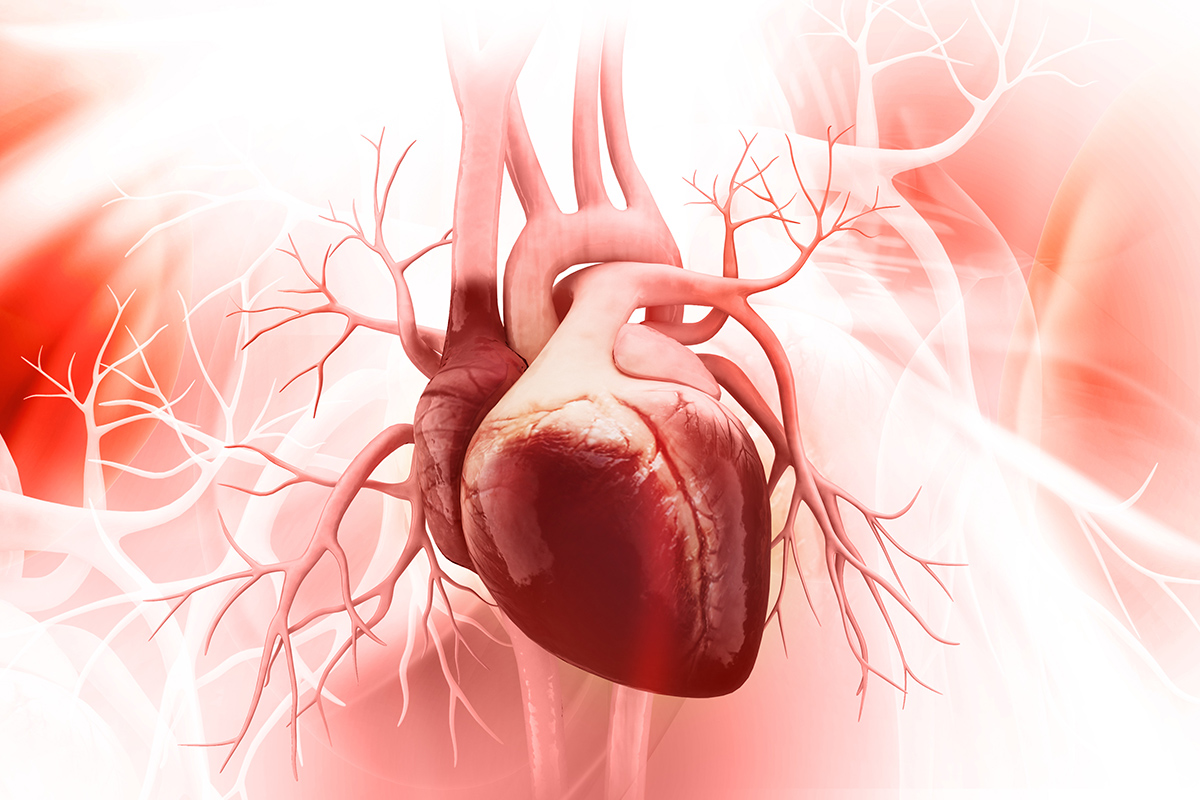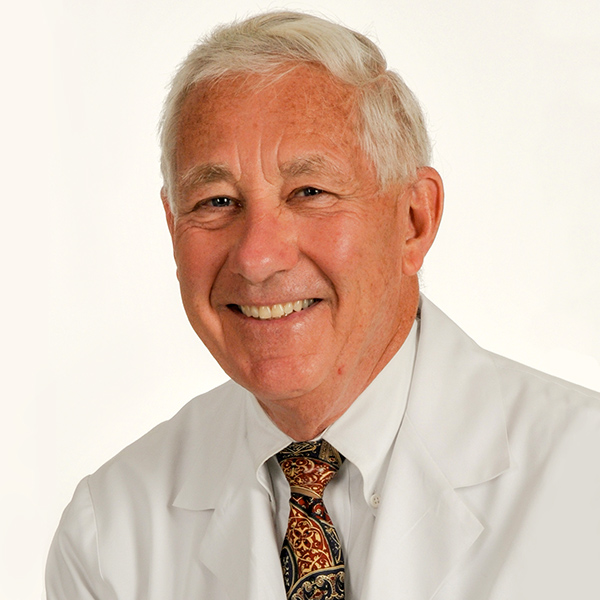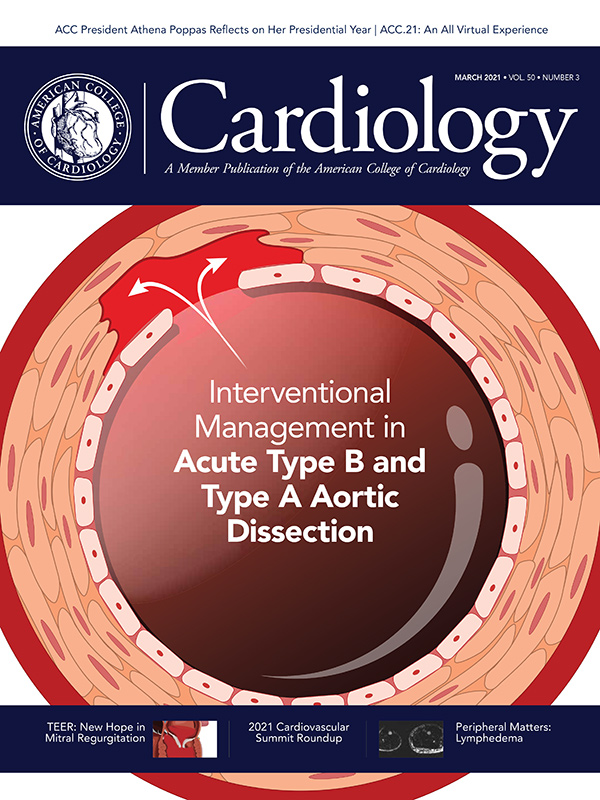Editor’s Corner | Treating Aortic Dissection is Still Complex

Dissection of the aorta, whether proximal (Type A) or distal to the left subclavian artery take-off (Type B) is a bad actor. Mortality, especially in Type A (but also in Type B) dissections is still high, even in institutions where surgical or interventional expertise in the emergency setting is available.
Part of the problem is that there are few, if any, clinical indicators that a dissection is about to occur in patients who experience an acute aortic dissection.
The characteristic presentation in the emergency department consists of sudden "tearing" pain, sometimes (but not necessarily) in the mid-back in a hypertensive patient. If there is a clinical "pearl" associated with making the diagnosis consider this: If a patient presents with sudden chest, neck or back pain and the EKG is normal – think of (and rule out) aortic dissection.
Do not overlook the possibility!
The diagnosis sometimes can be made with a chest X-ray, better with an echo (especially transesophageal) or even better, by chest CT. Once the diagnosis is made, however, the difficult decisions begin. When should the surgeons be called? Once "stabilized" and pain free, is the patient safe, and if so for how long? Can any Type A dissections be treated medically? Can all Type B dissections be treated medically?
In this issue of Cardiology, Alan C. Braverman, MD, FACC, and a distinguished international group of experts answer these questions, as well as the latest question: What about transcatheter therapies? Their review is a detailed look at therapeutic transcatheter strategies for both Types A and B dissection.
It meticulously outlines techniques and enumerates the outcomes that one might expect from such interventions. The authors specifically point out the limitations of using transcatheter therapies that are present for treating proximal aortic dissections.
Their review is detailed enough to almost be a "How To" guide, but (as they say on TV) – "Don't try this at home." Having a complete Heart Team around to help with the complex management decisions of such patients is a huge asset.
Important strides have been made by avoiding surgery in Type B dissections and substituting endovascular therapy. Uncomplicated Type B dissection, treated medically, now has an in-hospital mortality rate of 1% to 6%, but patients with associated malperfusion, acute aortic expansion or refractory pain need consideration of endovascular therapy as a first option to avoid disaster.
Mortality and/or re-intervention at five years in such complex Type B dissections is increased roughly 7-fold – still a daunting number. Nonetheless, endovascular aortic repair is now the preferred treatment for Type B dissection and open surgery should be reserved for those not treatable by endovascular techniques.
Endovascular therapy for acute Type A dissections is still a work in progress. Initial data suggest that early results are encouraging. Larger studies/registries are needed with longer outcomes to evaluate their ongoing safety and efficacy.
The proximal aorta is a complex anatomic space even without aortopathy. Add the random entry point of a Type A dissection and its intramural pathway. The result is that the aortic sinuses, coronary artery ostia, the sino-tubular junction and cerebral vessels plus a dissection channel make a forbidding landscape for transcatheter intervention.
But smart engineers and interventionalists are at work, and I predict that many more technologies will soon be available for treating Type A dissections.
Above I wrote that part of the problem is that there are few, if any, clinical indicators that a dissection is about to occur. This is correct for most but not all patients who will have dissections. Cassius, in Shakespeare's Julius Caesar, had it right: "The fault, dear Brutus, is not in our stars, But in ourselves…"
Shakespeare, being prescient, was referring to our genetic code. Those with Marfan's syndrome and those who have a genetic predisposition to other aortopathies might be identified before a catastrophic dissection occurs. Genetic prediction is complex, and fraught with the "Do you really want to know?" question.
Nonetheless, if identification becomes specific, it brings up prophylaxis. Is there any? Therapeutic genetic manipulation is not here yet. For now, the best way to prevent aortic dissection is control of blood pressure, even for people with inherited forms of aortopathy.
Once such a person is identified, the first line of defense should be beta-blockers. Beta-blockers decrease dp/dt, thereby diminishing the propulsive forces of cardiac ejection impacting the proximal and distal aorta.
Beta-blockers also lower mean blood pressure, resulting in lower expansile intra-aortic forces. The result of such prophylaxis is decreased aortic expansion that is associated with Marfan's syndrome and other aortopathies.
As an added benefit, beta-blockers also can decrease expansion of abdominal aortic aneurysms due to atherosclerotic disease.
Current guidelines recommend titration of beta-blockade to achieve a heart rate of ≤60 beats per minute and a blood pressure <135/80 mm Hg, and <130/80 mm Hg in those with Marfan's syndrome. Routine echo or CT surveillance of the proximal or distal aorta once an abnormality is diagnosed is crucial. Unfortunately, that is about where prophylaxis ends.
But there are also important lifestyle modifications that we all endorse that can help. People who are overweight are, in general, more likely to develop hypertension. Ergo, watch your weight, exercise regularly and minimize sodium intake. Smoking is associated with arterial disease – so quit. Who needs atherosclerotic disease on top of, or as a cause of, a dilated aorta?
Finally, think outside the box a bit. Urge your patients to always wear a seat belt when in a car. A deceleration injury against a dashboard or window itself can cause an aortic dissection, and if abetted by an aortopathy, might be disastrous.

Peter C. Block, MD, FACC, is a professor of medicine and cardiology at Emory University Hospital and School of Medicine in Atlanta, GA.
Clinical Topics: Cardiac Surgery, Cardiovascular Care Team, Congenital Heart Disease and Pediatric Cardiology, Noninvasive Imaging, Prevention, Vascular Medicine, Aortic Surgery, Cardiac Surgery and CHD and Pediatrics, Congenital Heart Disease, CHD and Pediatrics and Imaging, CHD and Pediatrics and Interventions, CHD and Pediatrics and Prevention, CHD and Pediatrics and Quality Improvement, Interventions and Imaging, Computed Tomography, Nuclear Imaging, Hypertension, Smoking
Keywords: ACC Publications, Cardiology Magazine, Aortic Aneurysm, Abdominal, Marfan Syndrome, Subclavian Artery, Blood Pressure, Heart Rate, Hospital Mortality, Pain, Intractable, Coronary Vessels, Genetic Predisposition to Disease, Aneurysm, Dissecting, X-Rays, Aorta, Thoracic, Hypertension, Endovascular Procedures, Tomography, X-Ray Computed, Back Pain, Surgeons, Overweight, Life Style, Emergency Service, Hospital, Smoking, Dissection, Registries, Genetic Code, Sodium, Dietary, Disasters, Electrocardiography
< Back to Listings

